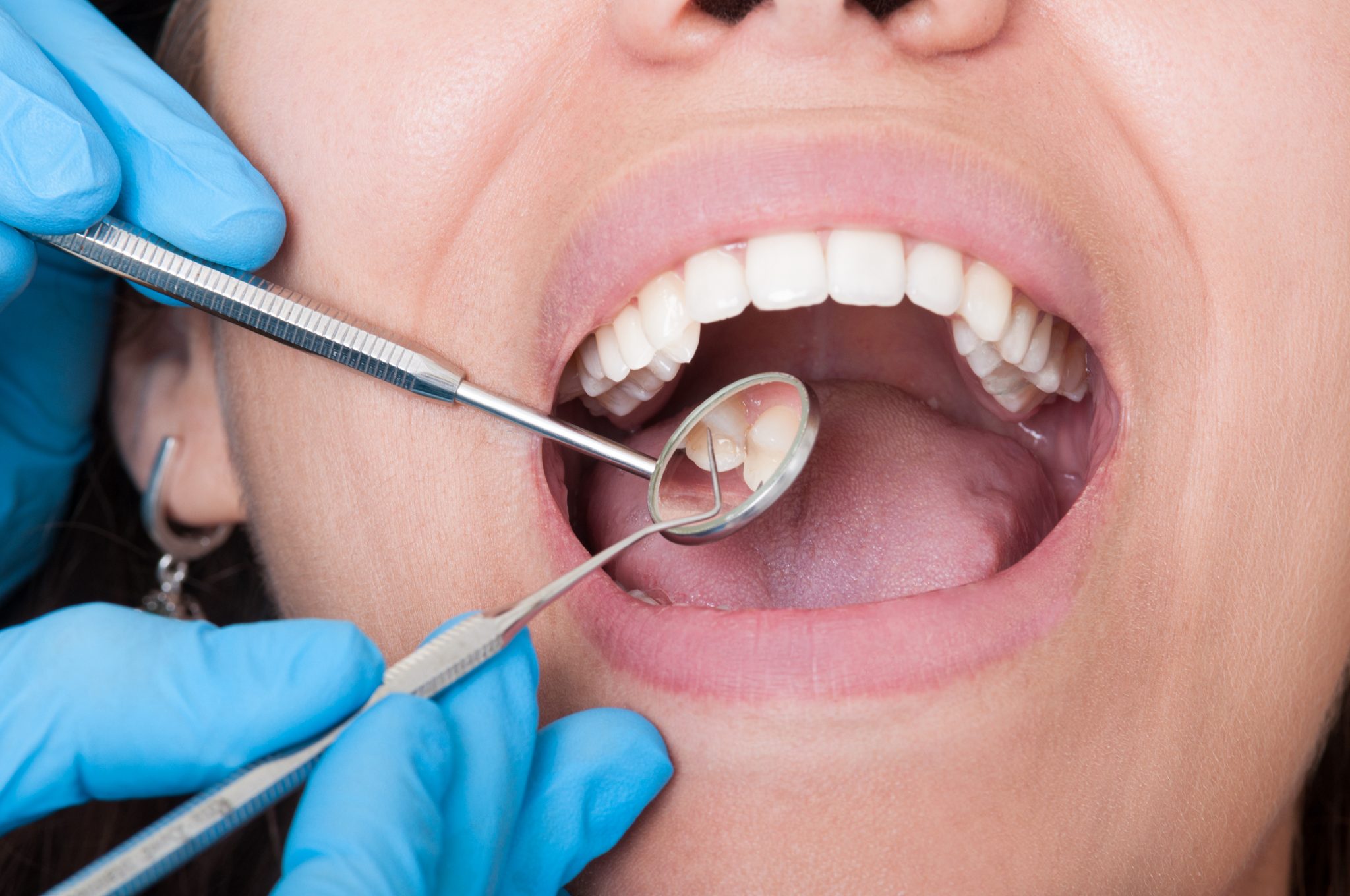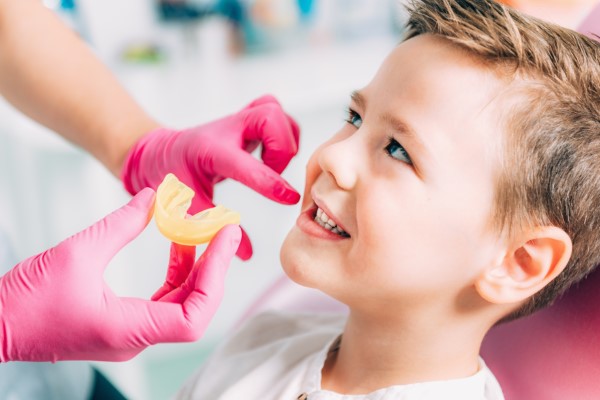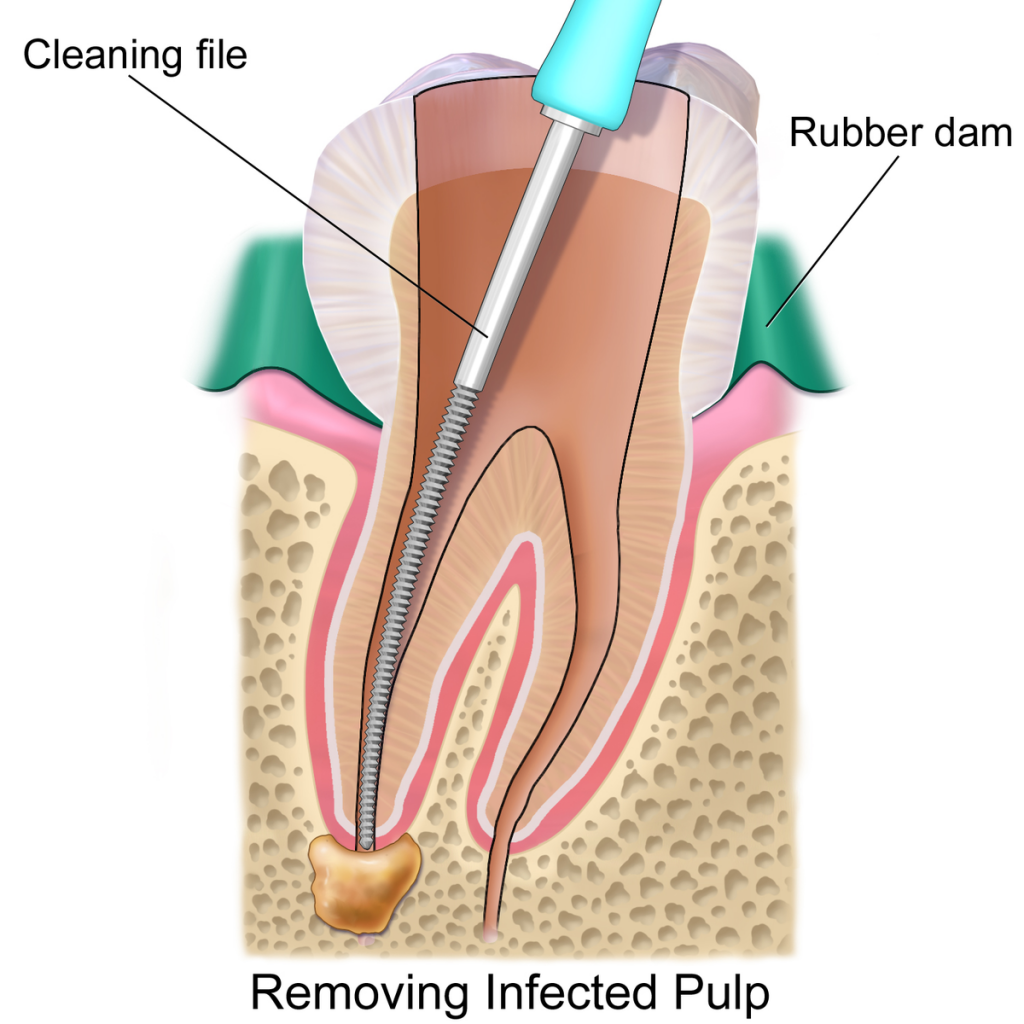Each of us wants to a mega-watt bright smile, but then again, teeth whitening is not for everyone. Prior to book an expensive dental procedure in order to whiten teeth, think about these simple strategies of teeth whitening. In several cases, a couple of healthy habits and routine are all ones require to keep their sparkling white teeth! Here are some effective, simple teeth whitening strategies:
Avoid Teeth-Staining Foods and Drinks
What goes into the mouth shows up on the teeth. So, in the event of drinking much black tea, red wine, or smoking cigarettes, expect the outcome appears on the sparkly white teeth. Other culprits involve gravies, dark juices, and colas. In short, if it’s dark prior to putting in the mouth, it will undoubtedly stain the teeth.

- To keep your teeth whiter, you need to brush your teeth immediately after the intake of foods that stain.
- Restrict your consumption of foods and beverages that stains your teeth.
- Use a good quality dentist recommended bleaching agent in order to protect your whiter teeth.
Hum While Brushing the Teeth
You must give yourself at least three to five minutes to brush your teeth properly. That is how long it takes to remove all the bacteria that packed on your pearly white teeth. Set a timer for three to five minutes or use your watch in the bathroom.
Hold the Toothbrush Like a Pencil
Does the toothbrush look as if it has been used to clean the car? If yes, then you are probably brushing aggressively or too hard. Few scrub-happy people consider, brushing teeth with force isn’t the best way in order to get rid of plaque. A great way is to place the toothbrush at the angle of 45-degree against the gums then gently move it on the teeth in a circular motion, instead of back and forth motion. Hold your toothbrush like a pencil so you will not scrub too hard.
Every Day Drink a Cup of Tea
Tea has flavonoids and various other ingredients that seem to hinder the harmful bacteria from sticking to your teeth. It can also block the production of a form of sugar that develop cavities in the mouth. As tea contains a high amount of fluoride.
Use Alcohol-Free Mouthwash
Majority of the over-the-counter mouthwashes have an excessive amount of alcohol, that can dry out your mouth’s tissues, and making them more vulnerable to bacteria. Some pieces of research even suggest the link among mouthwashes containing alcohol increased the risk of oral cancer. It would be best if you use homemade natural mouthwashes. Following the above tips can help you to whiten your teeth without investing hundreds of dollars on dental procedures. However, visit your dentist at least twice a year can help you to maintain excellent oral hygiene. The bright your smile is, the beautiful you look!













